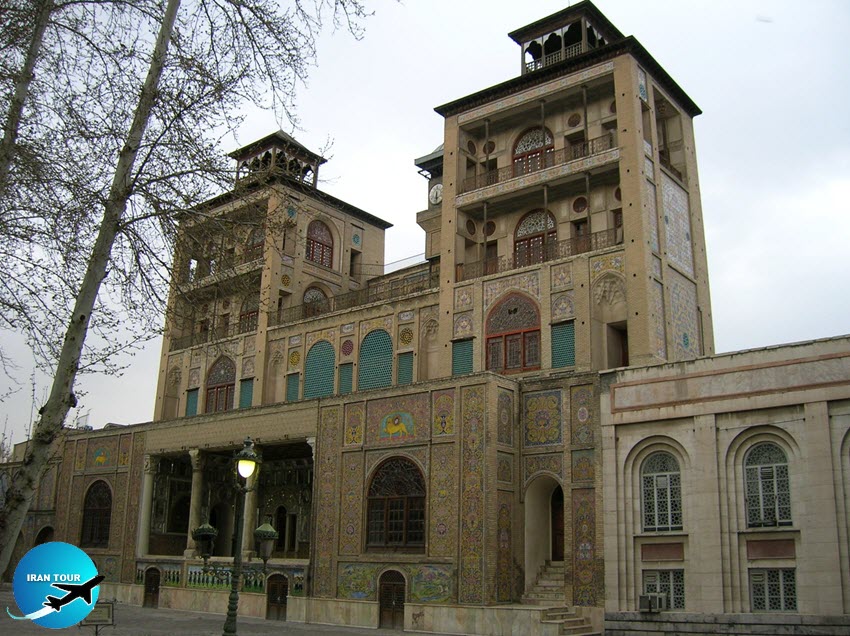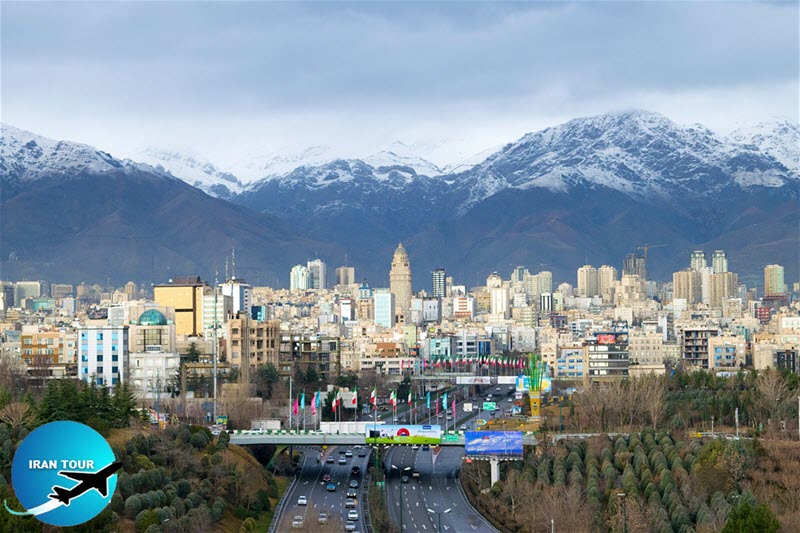Copyright 2020 - 2021 irantour.tours all right reserved
Designed by Behsazanhost
Tehran's History Briefly
Tehran, the capital of the Islamic Republic of Iran, is known for its modern atmosphere, Qajar historical buildings, hospitable people, different local, traditional and international restaurants, various cafés, and plazas. Azadi Tower at the western gate entrance of the city has been marked as the symbol of the Iranian capital for years.
Tehran city, with a length of about 50 km and a width of 30 km is located at the foothills of Alborz Mountain Range. The highest point at the north is 2000m and the lowest elevation is 1050 m from sea level. Tehran is surrounded by tall mountains in the north and warm deserts in the south. Therefore the northern part of the city has a lower temperature than the south part which is close to the Varamin desert.
 |
Prior to the historical discoveries in Tehran, some archeologists believed that the city of Ray had an earlier history than Tehran. Before the exploration of ancient civilizations' evidence at Tappeh Qeitarieh and Abbas Abad regions archeologists believed that Shahr-e Rey was older than Tehran, but older civilizations were discovered at Abbas Abad Tappeh, Pasdaran,
 |
After repeated earthquakes in Rey and the invasion of Mongols and Tartars, the people gradually migrated to Tehran. This city was considered first by Shah Tahmasp, the Safavid King, for numerous gardens and the lovely orchards and ordered to build new walls and buildings around the city. At that time Tehran covered an area of 440 hectares. Agha Mohammad Khan, the founder of the Qajar Dynasty, selected Tehran as his capital in 1882 because of its fertile soil, a great source of water, and low distance to Astarabad in Mazandaran which was the motherland of the Qajar tribe. During the Pahlavi period, some of the old buildings of the Qajar period were destroyed and new buildings were replaced with Persian and Iranian-Islamic architecture. These changes continued at the time of Mohammad Reza Pahlavi, and many changes happened in the architecture of Tehran.
- Details
- Category: Tehran Tourism